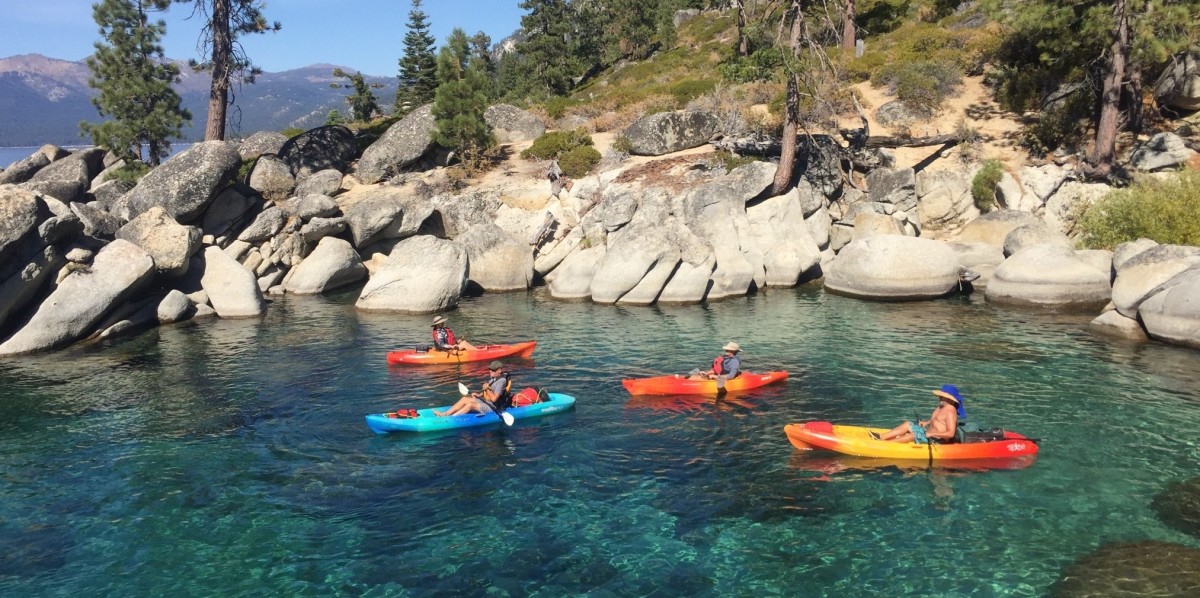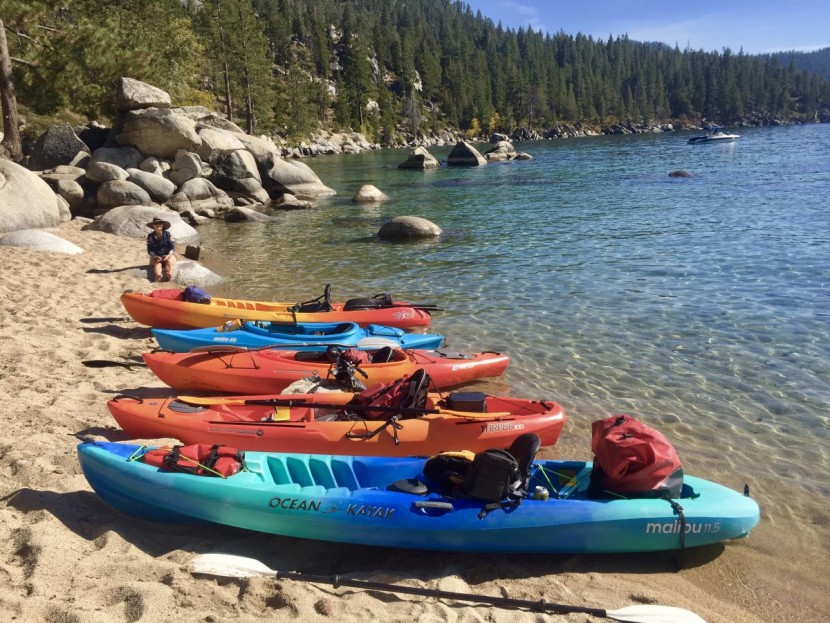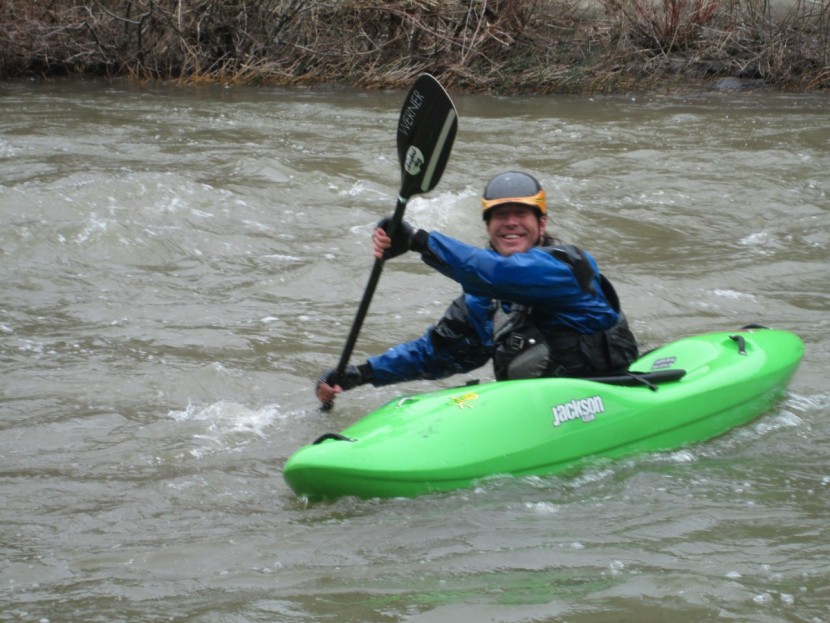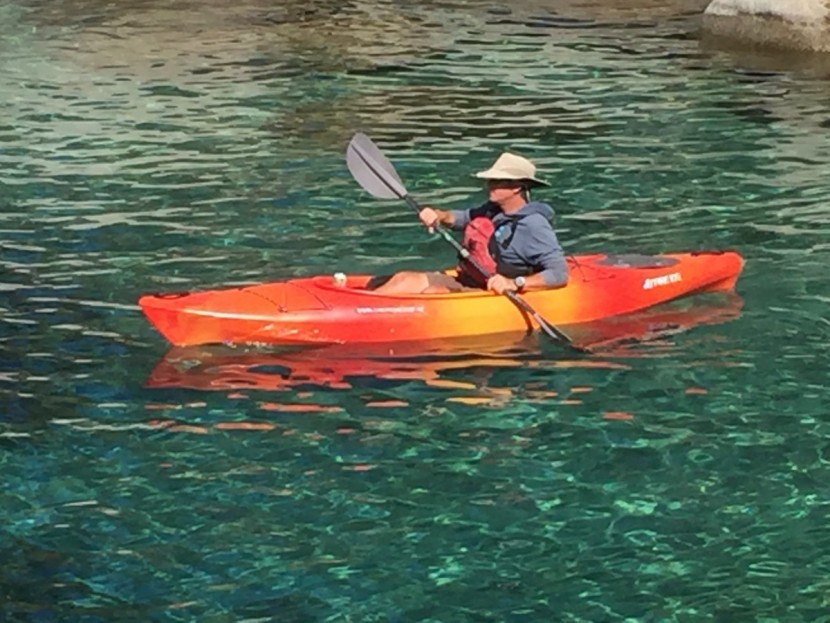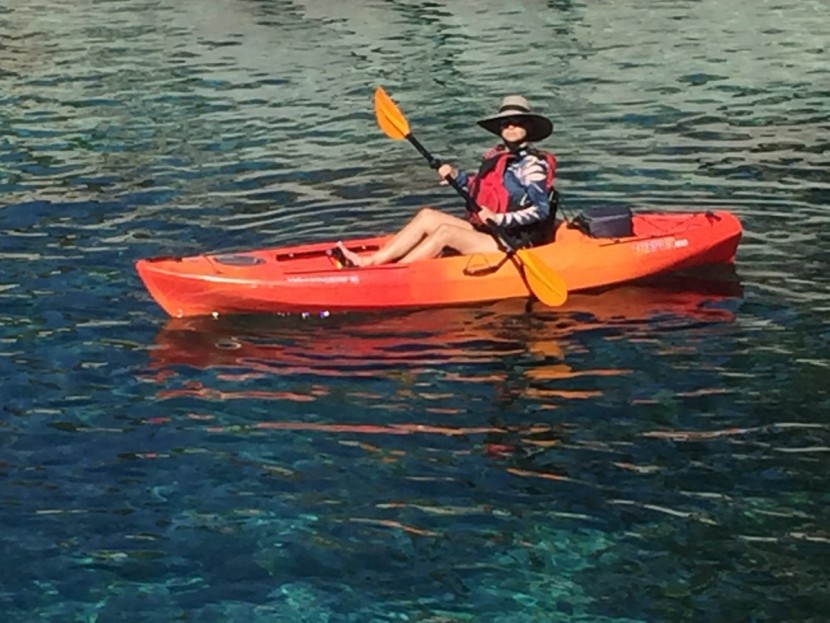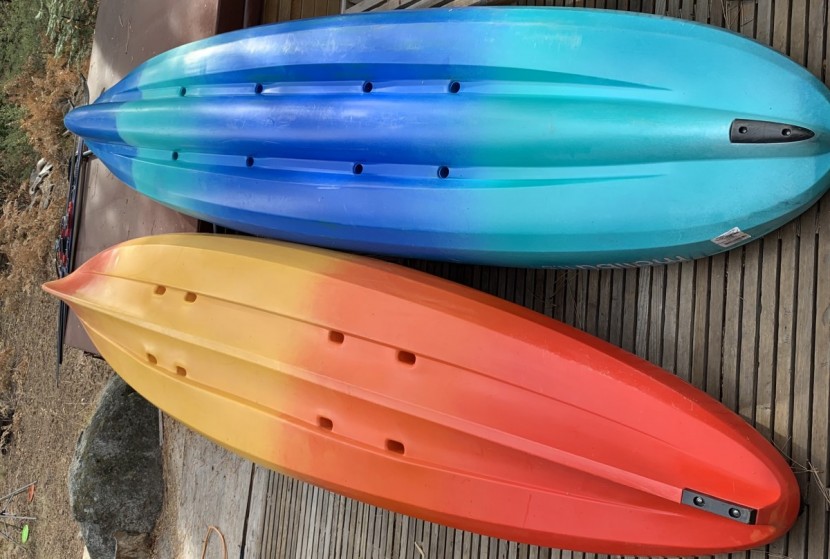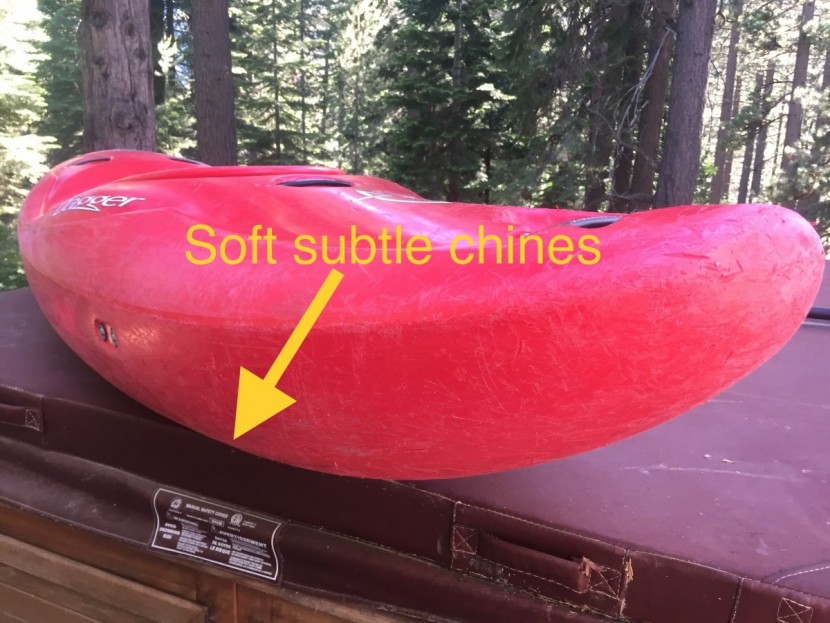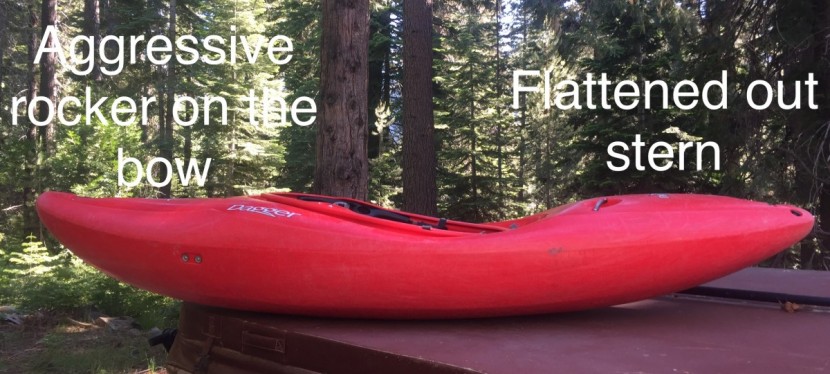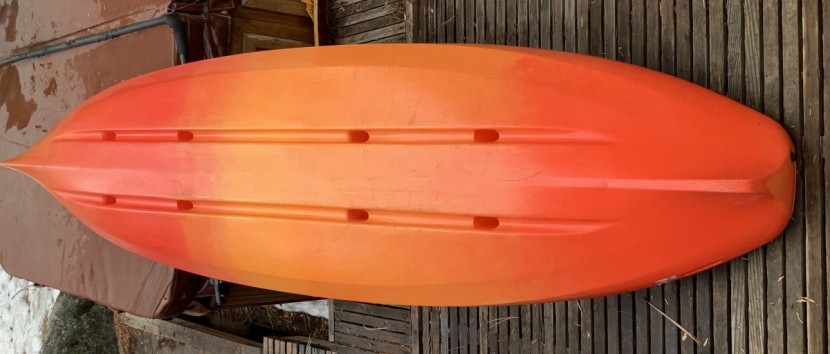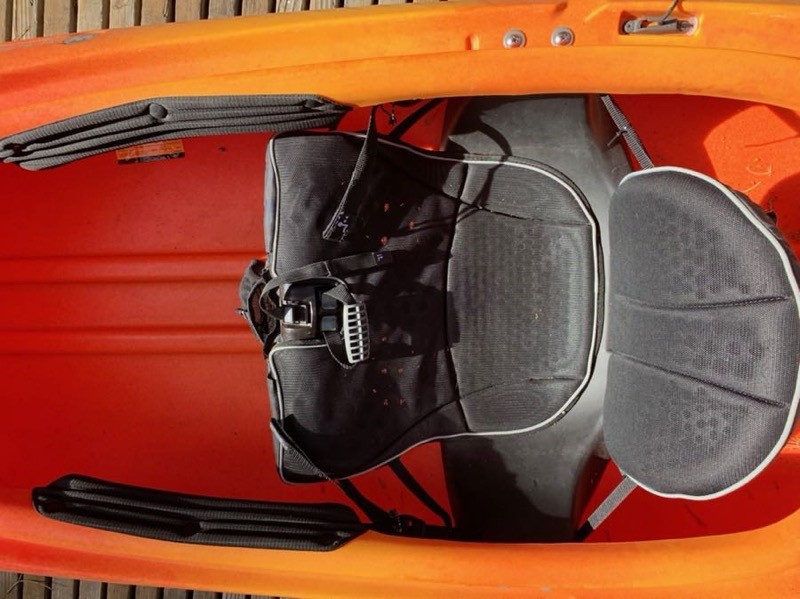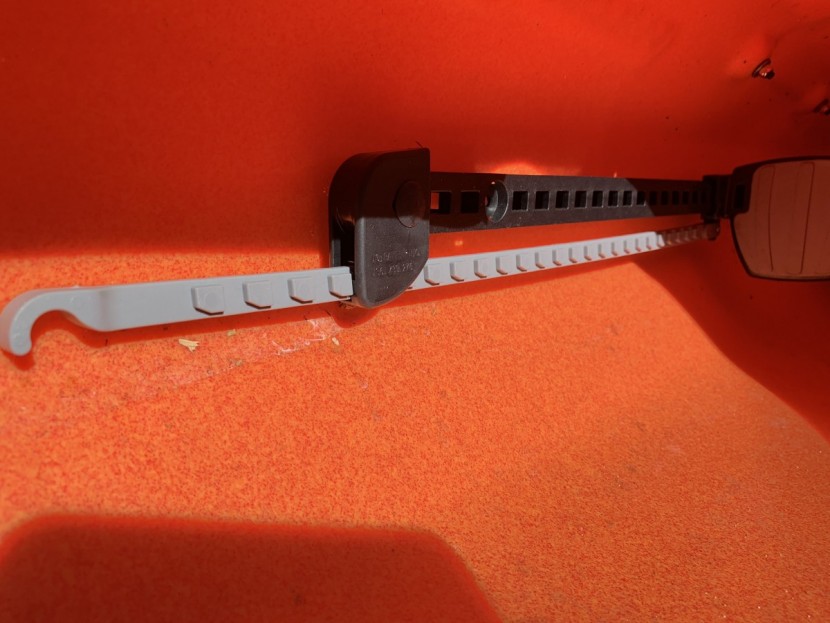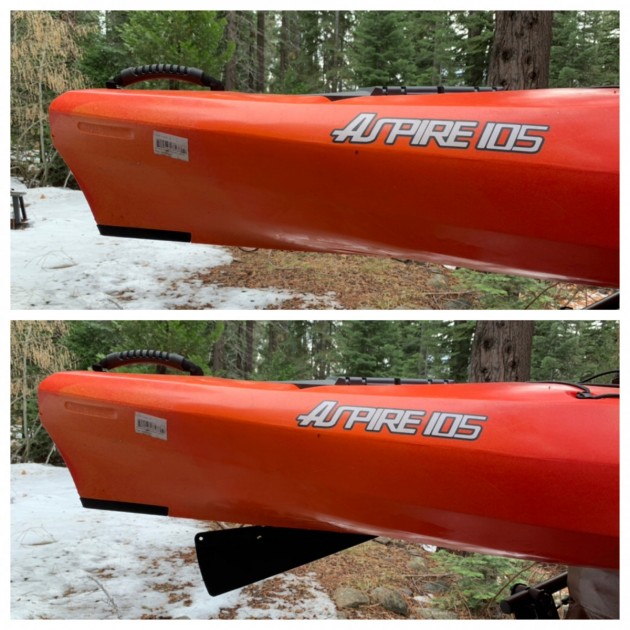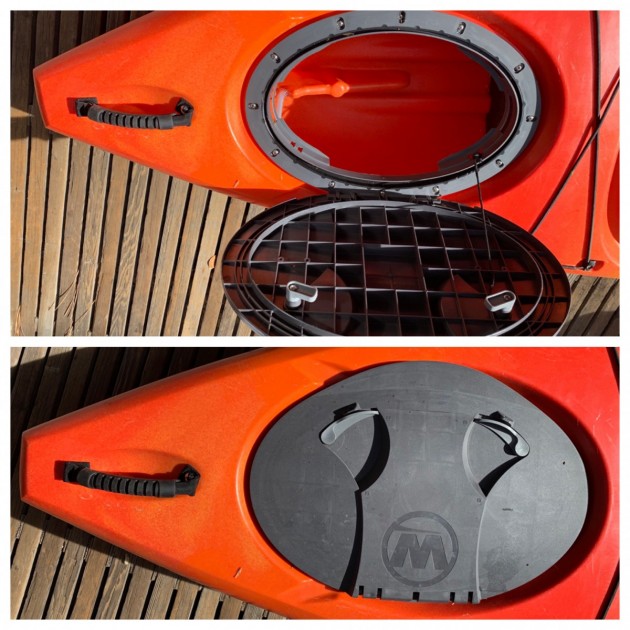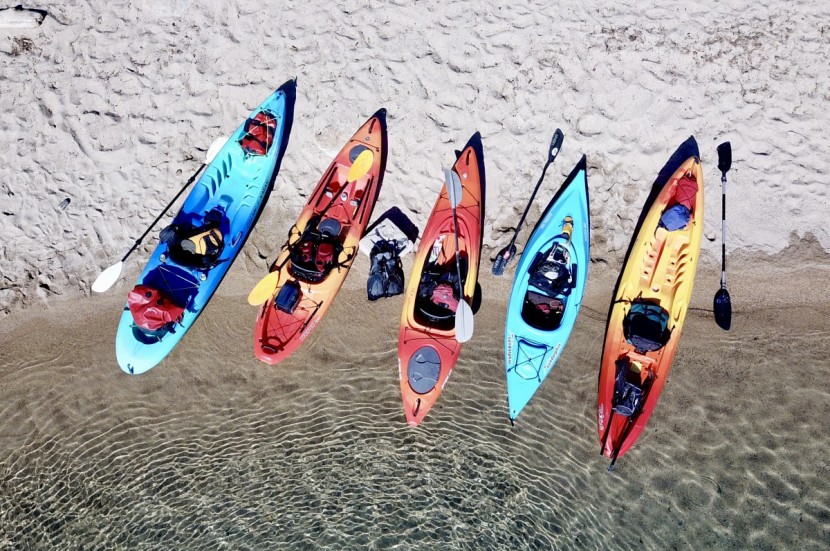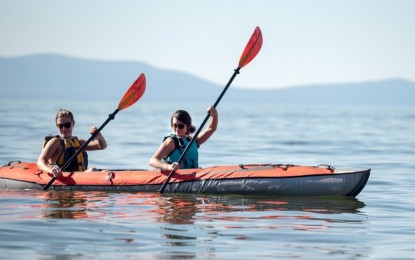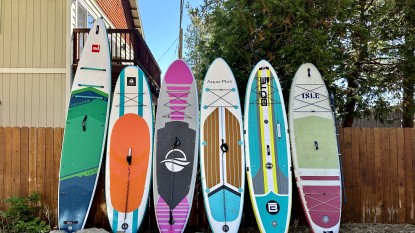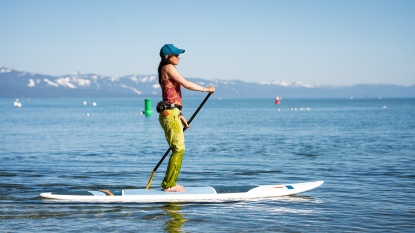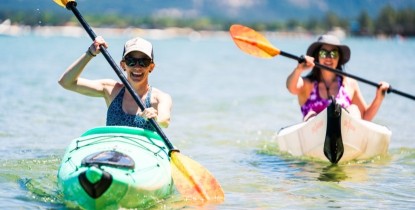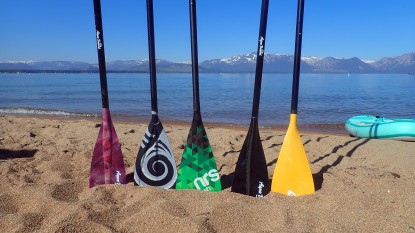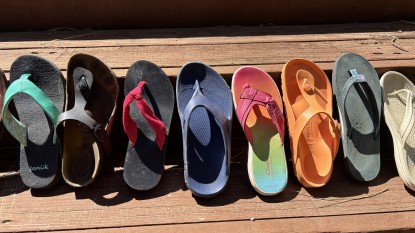Nothing says fun and freedom more than being the master of your own destiny in your boat, exploring waterways around our beautiful country. And what better way to observe the natural flora and fauna around the water than with pleasant, peaceful paddle strokes. In a kayak, you can take in some incredible views that can only be seen from the water while also accessing breathtaking beachside campgrounds and hidden coves. Whether alongside friends and family or on a zen-filled paddle by yourself to get some exercise and clear your head, kayaking may be one of the most enjoyable and healthy things you can do for yourself.
In this buyers guide, we break down kayaking basics like the types of kayaks available and important boat design considerations like materials, weight, hull shapes, length, and features. This will help you know what to look for as you search for your perfect kayak.
How to Choose the Best Kayak for You
With so many different kayak sizes, shapes, designs and materials out there, it's easy to become overwhelmed. Here are some easy guidelines to help navigate you through these rough, murky waters.
Where Do You Want to Paddle?
Whitewater rivers, slow-moving streams, wetlands, ponds, lakes, bays, and ocean coastlines, or maybe a little bit of a crossover. Deciding what kind of boating you want will help determine which type of kayak is best suited for your application.
Flatwater
- Recreational Kayaks — These are the boats we test in our kayak review. They are affordable and stable all-around sit-it or sit-on-top boats designed for mellow flat water. Rec kayaks are usually used for casual paddles around a bay or, if you're ambitious, day trips of 10 miles or less. They are appropriate for beginner to intermediate skill levels and have low storage capacity. These boats are best for ponds, wetlands, bays, lakes and lazy rivers.
A Mix of Flatwater and Currents
- Touring Kayaks — Touring kayaks are designed for extended wilderness trips on lakes, bays, on moving rivers, or for limited ocean use. They are typically used for longer day trips of around 20 miles or less or weekend adventures. They are best for intermediate to advanced skill levels and require moderate storage capacity.
- Fishing Kayaks — These boats are usually very similar to recreational kayaks. They are often sit-on-top models but can also be sit-in or inflatable boats. These boats are rugged, durable and can be paddled in lakes and ponds, slow-moving rivers, bays and in the ocean. They tend to be heavy and are very sturdy and stable boats with rod holders, large flat and wide cockpits, built-in mounting brackets, and loads of storage for all your gear (and hopefully for all the fish you catch). These kayaks often have foot pedal propulsion options and a fixed or drop stern skeg or rudder. They are intended mostly for day use.
- Inflatable Kayaks — Inflatable kayaks can be stored in small places or while traveling, but they require the extra step of having to pump and deflate them before and after paddle trips. There are now some innovative folding options as well. Check out our inflatable kayak review for more information about recreational models. Depending on their design and materials, inflatables can navigate anything from flatwater to whitewater to oceans. Be careful about an inflatable kayak's quality as they can develop holes easily and may require frequent patching. Durable materials like PVC, Hypalon or Nitrylon are good options.
The Ocean
- Sea Kayaks — Sea kayaks are appropriate for larger lakes and bays, stronger moving rivers, and rougher currents with ocean tides and swells. These boats are suitable for day or weekend trips and expeditions for intermediate to advanced paddlers. They offer moderate to high storage capacity.
Ragging Rivers
- Whitewater Kayaks — These boats are designed for exceptional maneuverability in class I-V whitewater rivers. They need to be able to navigate large hydraulic holes and features, eddies and eddy lines, wave trains, and rock obstacles. They have skirts to keep out the water and require a very specific skill set to navigate safely. Seek classes if you are interested in whitewater paddling. These boats can support day or overnight trips for intermediate to advanced paddlers. They have low to moderate storage capacity.
To Sit-in or to Sit-on-top, that is the question?
Both options have advantages and disadvantages, and it all depends on what you are the most comfortable in and feel the most confident paddling. The time of year and your climate play a big part in your decision making, so do storage issues.
Sit-In Kayaks (SIK)
The traditional style of kayak is a sit-in boat, where you sit inside a closed cockpit that offers protection from wind and water. These keep you much warmer and drier than sit-on-top boats. The cockpit also provides some protection from the sun, especially if you purchase a spray skirt to cover the cockpit.
These boats are ideal for cold water and weather. They can also store gear in the bow or stern, keeping it dry on long distance paddles or overnight trips. Sit-ins are much more effective to paddle than sit-on-tops. They provide greater control, with multiple contact points inside the boat, including your bum, knees, and feet.
But Sit-ins kayaks can be trickier to get in and out of than sit-on-tops when on shore or in the water. Adding an easy-exit spray skirt will also help keep the kayak from getting swamped by waves. Be very careful about spray skirts though. If it fits too snuggly, it could trap you in your boat. Check out REI's tutorial on wet exits to learn more.
Sit-on-top Kayaks(SOT)
Sit-on-top kayaks tend to be much more user-friendly and a better option for kids and the beginner kayaker. Since you sit on the open deck of the boat, you feel less claustrophobic and confined than you do in a sit-in model. You can also get in and out of these kayaks a lot easier. It's usually a much more comfortable fit for taller or large paddlers with more room to stretch out.
SOT's are also more stable, making it easy to slide off them to take a dip and then pull yourself right back up without flipping the boat over. Even if you do flip your boat, you don't have to drain it like you would with a sit-in kayak. Just flip it back over, pull yourself on, and you are ready to paddle off again. The ability to climb on and off these boats, and their lack of a cockpit to get stuck in, make them an outstanding choice for kids to play with.
You will most likely get wet on sit-on-top kayaks, but there is no need to worry about pumping water out of your boat. They are equipped with self-draining holes. As a result, they are mostly used in warmer air and water conditions. And because they typically do not have a lot of storage spaces within the hull of the boat, most of your gear will be stored in bow and stern wells. This style of kayak is often longer and heavier than sit-ins kayaks.
Hull Designs
After determining what kind of kayaking you want to do and what types of waters you'd like to navigate, you should consider the type of hull you want. The bottoms of kayaks can vary from flat, rounded or even a V-shaped hull. But before we dive into hulls, we have some terms to define.
Primary versus Secondary Stability
Kayaks have two types of stability — both are affected by their hull shape. A boat's primary, or initial stability, is how stable it feels when you are sitting in it or when you enter or exit the vessel. Secondary stability is how balanced the boat feels as you paddle through the water, as the kayaker gets the boat more on its edges while paddling.
Flat bottom boats have better initial stability but may feel more tippy in the secondary stability stage. Rounded hull shapes are the opposite. They feel a little less stable in the primary stability stage but have greater secondary stability as the boat lists to one side or the other while paddling through the water. Similarly, V-shaped hulls offer more secondary than primary stability. They track very well through the water.
Chines
Chines or edges on a hull are best described as the place where the sides of the boat meet with the bottom of the boat. They can give the hull either a rounded or boxy look. Softly rounded chines look more rounded and make for a speedier boat with better secondary stability. Harder, more angled chines track much better and have better primary stability. These are the two extreme opposites. There are many multi-chine hull designs out there that fall into between the two.
Rocker
Rocker is another bit of kayak terminology that describes the curvature or upturn of the hull from the bow to the stern. The more rocker curvature a hull has, the more it tends to rock from bow to stern. Rocker helps a boat pivot, creating more maneuverability. But rocker also holds more of the hull out of the water, meaning that rocker reduces a kayak's ability to hold a line. Kayaks can have rocker evenly throughout the hull, or just some rocker in the front or back of the hull of the boat.
Let's take a moment now to talk about how some of these hull designs work and the types of boats and water conditions they are best suited for.
Flat Hulls
Stable as well as maneuverable, these hulls are usually seen on recreational and beginner kayaks used in flat water conditions because of their exceptional stability. Flat planing hull boats with hard chines are also commonly seen on whitewater kayaks, especially in surf hole features on the river. These are very stable in the primary stability stage but can feel a little shaky and less stable when reaching to paddle on the edges of the boat in the secondary stability stage.
Rounded Hulls
These boats are a little less stable to get in and out of, but its lack of primary stability is made up for enormously by its solid secondary stability when tilted on its edges and paddled across the water. These types of boats, usually sit-ins, with their rounded hulls and soft chines are designed to increase their speed, be more maneuverable, and help the boat to slice through the water more efficiently.
V-Shaped Hulls
This is a great design for longer, narrower recreational and touring kayaks that move straight and fast across the water. These kayaks may offer the least amount of primary stability at first, but they make up for it once they get moving and hit the secondary stability stage. Their pointed bow and V-shape hull slice through the water, keeping the boat's directional control in a straight line for long distances.
Pontoon Hulls (AKA Tunnel)
Take the exceptional primary stability of a flat hull and then combine it with the solid secondary stability of a rounded hull to get one of the most stable vessels on the water. Pontoon hulls tend to be inverted in a round or V-shape, creating a tunnel shape down the center of the hull. This makes them great for kayak fishermen, surfing smaller rolling waves, and for getting off and back on your kayak if you want to take a swim in the middle of a lake or ocean. They track fairly well but are not the fastest vessels in the fleet.
Recreational Kayak Dimensions and Materials
A kayak's design shape, weight, and size will determine how well the kayak tracks, glides, turns, handles wind and waves, and how much storage space it will have. The shape and size of your boat will also play a big part in how easy it is to load and unload and how hard it is to transport to and from the water. The materials that a boat is made of will impact its weight and durability.
Length
Longer kayaks offer much better efficiency as they are easier to paddle, move faster, track better, glide farther and cut through wind and water more efficiently than shorter boats. The extra length makes them more stable and capable of transporting larger and heavier loads without compromising performance.
In contrast, shorter kayaks are relatively wider, making them very stable yet much slower. They must push through water resistance rather than slice through it. A shorter boat will be lighter, less difficult to transport and considerably easier to turn and maneuver.
Width
A kayak's width determines a lot of its handling attributes. Simply put, a boat with a narrow, tipsy feeling hull will be much faster. A boat with a wide hull will offer more stability but will feel slugish in comparison. Width increases a boat's load capacity, but it also increases the amount of water the hull has to push through, requiring extra paddling effort. The stability of wider hulls make them more suitable for fishing and make them easier to climb in and back out.
Weight
Lightweight boats are obviously easier to load on and off vehicles, carry to and from put-ins and, portage, and store away. And the lighter the boat, the easier and quicker it is to get it up to cruising speed and maintain your glide across the water. Heavier boats are more difficult to transport around, especially with one person. But they have added material, which increases strength and durability. It usually takes a little more effort to get them moving and up to speed, but they tend to stable and don't get pushed around by wind and waves as easily as a lighter boat.
Maximum Weight Capacity
This is the total weight that the kayak can float, including you and all your gear. It is an important factor to consider when embarking on long day trips or multi-day adventures where you're hauling extra gear such as fishing tackle, coolers and dry bags full of clothes and camping gear. When your tipping the scales towards your kayak's maximum weight capacity, the boat's paddling efficiency and stability will be compromised if it is sitting too low in the water.
Depth
Larger and taller paddlers will be much happier in deeper hulled boats, which also lend some extra legroom and storage. They also tend to have more freeboard, which is exposed to wind and can let it push you around. Shallower hulled boats fit tighter with less storage space but are not blown around as easily.
Volume
Usually only spoken about when discussing sit-in kayaks, the space inside of the boat is commonly referred to in gallons or liters. This dimension determines how the kayak will move in the water and how high in the water the boat will float. This depends on the maximum weight capacity of the kayak with its paddler and gear.
Additional Kayak Specs and Considerations
Seats
This is one of the most important parts of a kayak. You can have the nicest boat out there with all the extra bells and whistles, but if you are not comfortable, you won't use it much. A highly ergonomic, comfortable, adjustable seat that promotes proper paddling posture and is correctly placed in the cockpit makes all the difference in the world on long day paddles and multi-day tours. Unfortunately, good seats add to the price tag. But after paddling for a bit in a boat with an uncomfortable seat, you and your back will soon find no problem shelling out the extra dough for a cozier and cushier seat.
Cockpit Sizes
Cockpit sizing is only an issue with sit-inside kayaks. Smaller, snug cockpits offer up more protection from sun, water, and wind, especially if fitted with a spray skirt. You can wedge yourself in the cockpit by bracing your feet on foot pegs and knees or thighs on braces. By sitting your bottom down snug in the seat and tightening up your backband, you'll be locking yourself into your boat and making for an extremely efficient, sturdy and stable ride. If becoming one with your boat sounds claustrophobic to you, then consider a larger cockpit. It will make getting in and out of a lot easier.
Spray Skirts
With whitewater and ocean kayaks where rapids, waves, and surf are all around, you need a tight-fitting spray skirt. These are made from durable, stretchy neoprene material that wraps around the cockpit collar and fastens with a rand or bungee type closure.
When it comes to recreational kayaking, when you just need to keep water from dripping off your paddle on to you in the cockpit, there are casual options that are easy to pop off. Be very careful though, if not used properly (see REI's tutorial to get an idea), spray skirts can be extremely dangerous. The more hardcore options can trap you in your boat. But, once you know how to use them, they help keep water out of your boat, and you have to have one if you want to Eskimo roll your kayak.
Foot Pegs or Braces
Foot braces are essential to help secure the lower half of your body into the kayak. They also help make paddling more effective. Sit on top kayaks may not have adjustable foot pegs but rather a succession of built-in molded plastic foot braces.
Rudders and Skegs
Rudders and skegs can be stationary or drop-down. Either way, these fins help keep the boat straight in strong winds and on long paddle tours. The difference between the two is that a skeg just keeps the boat from veering off course while a rudder has foot pedals that control its angle to constantly adjust the direction of the boat and respond to the changing conditions while paddling.
Hatches
Interior storage spaces are a nice, drier option to store gear bags out of the elements instead of just tying them to the top of your boat. They vary in size, and some are more waterproof than others, depending on the brand and design. Depending on the kayak there might be one or several hatches to divvy gear into.
Materials
There are many different styles of kayaks, utilizing all sorts of materials in their designs. These materials determine the cost, durability, weight, and style of the boat you decide to purchase. Here is a brief breakdown of those materials and which boats use them.
Polyethylene Plastic
These kayaks are formed in a one-piece mold. Polyethylene powder or pellets are poured in, heated and rotated in a gyrating mold. Most kayak manufacturers use Polyethylene because of its abrasion resistance, and it's the lowest cost option to the introductory paddler. This material makes your first kayak much more affordable, but it's often heavier than other options. This resilient plastic can absorb some hits but can also get scratched up.
This plastic doesn't hold up as well over time as boats made from stronger, more expensive materials in long periods of exposure to UV. Polyethylene can also oil can, where a small dent appears on the deck or hull when it is exposed to heat and pressure. This usually occurs with older, sun-damaged boats or boats that have been tied down too tightly on a thin roof rack.
Thermoform ABS Plastic
Acrylonitrile Butadiene Styrene, or ABS, is very impact resistant plastic. Sheets of ABS are fused with a thin layer of glossy acrylic and heated to a malleable temperature. Each sheet is then pulled down separately over a deck and hull mold by vacuum suction to form the two parts. The deck and hull of the kayak are then bonded together using high heat and pressure or with special adhesives.
This much less labor-intensive manufacturing process keeps ABS kayaks priced just a bit above their rotomolded competitors. The ABS plastic delivers a much lighter kayak than polyethylene options. Kayaks made with ABS plastic are almost always harder to scratch and are more UV resistant, but even the best boats will degrade throughout the years. Good thing ABS plastic is recyclable.
Composite
Composite kayaks can be constructed from many different types of materials. To make them, a synthetic laminate like fiberglass, aramid/Kevlar, carbon fiber, graphite or a combination of these are layered over a honeycomb, gauze or foam fiber cores and sprayed with a gel coat. This process is repeated several times depending on the strength and weight of the boat.
A fitted vacuum bag is then applied over the layers of the mold so resin can be injected in between the vacuum bag and the kayak. It's then left to cure overnight at room temperature. The finished deck and hull sections are then fiberglass taped and resined together to form the finished kayak.
The results are a stiff, rigid hull that makes this design of kayak one of the swiftest and most responsive on the market. But the pricey materials and long manufacturing time also make them the most expensive boats on the water too. They are incredibly lightweight with durable hulls that can take light hits as long as they are not sharp, direct blows. Composites can be repaired relatively easily and will last for decades if cared for properly.
Conclusion
Hopefully, that's everything you ever wanted to know about recreational kayak construction. Armed with this knowledge, head over to our kayak review to find the perfect boat for your watery adventures and our best kayak paddle review to find the perfect paddle to accompany your boat.

